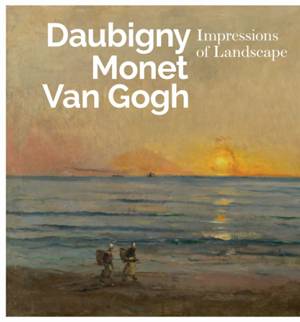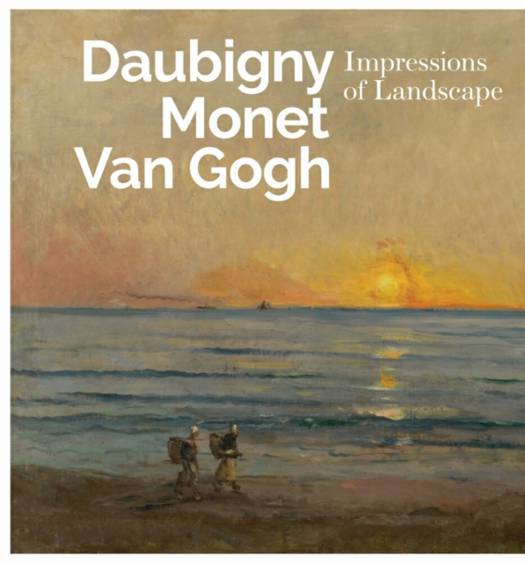
- Afhalen na 1 uur in een winkel met voorraad
- Gratis thuislevering in België vanaf € 30
- Ruim aanbod met 7 miljoen producten
- Afhalen na 1 uur in een winkel met voorraad
- Gratis thuislevering in België vanaf € 30
- Ruim aanbod met 7 miljoen producten
Zoeken
Inspiring Impressionism
Daubigny, Monet, Van Gogh
Lynne Ambrosini, Nienke Bakker, Renee Boitelle, Michael Clarke, Maite Van Dijk
Paperback | Engels
€ 34,95
+ 69 punten
Omschrijving
The book accompanies a touring exhibition at the Taft Museum of Art, Cincinnati, USA from 19 February to 26 May 2016; the Scottish National Gallery, Edinburgh from 25 June to 2 October 2016 and the Van Gogh Museum from 21 October 2016 to 29 January 2017. Charles François Daubigny (1817'1878) was one of the most important French landscape painters of the nineteenth century. This book reassesses his work and examines his importance for the Impressionists, as well as Van Gogh. Daubigny helped to shape Impressionism through his working practice: routinely painting outdoors, often from his studio boat; exploring new subjects and unexpected viewpoints; and developing a radically 'unfinished' style and a brighter palette. He supported the Impressionists at the Paris Salons and introduced both Monet and Pissarro to the art dealer Paul Durand-Ruel. He moved towards a more subjective interpretation of nature in his later sunsets and nocturnes, inspiring not only Monet, but Vincent van Gogh, who spent the last two months of his life close to Daubigny's home and studio at Auvers-sur-Oise. These themes and others are explored through a series of essays that examine his interactions with the young Impressionists, the market response to his paintings, the evolution of his highly original technical processes and his role as the leader of an artists' colony.
Specificaties
Betrokkenen
- Auteur(s):
- Uitgeverij:
Inhoud
- Aantal bladzijden:
- 176
- Taal:
- Engels
Eigenschappen
- Productcode (EAN):
- 9781906270865
- Verschijningsdatum:
- 18/03/2016
- Uitvoering:
- Paperback
- Formaat:
- Trade paperback (VS)
- Afmetingen:
- 244 mm x 266 mm
- Gewicht:
- 925 g

Alleen bij Standaard Boekhandel
+ 69 punten op je klantenkaart van Standaard Boekhandel
Beoordelingen
We publiceren alleen reviews die voldoen aan de voorwaarden voor reviews. Bekijk onze voorwaarden voor reviews.











